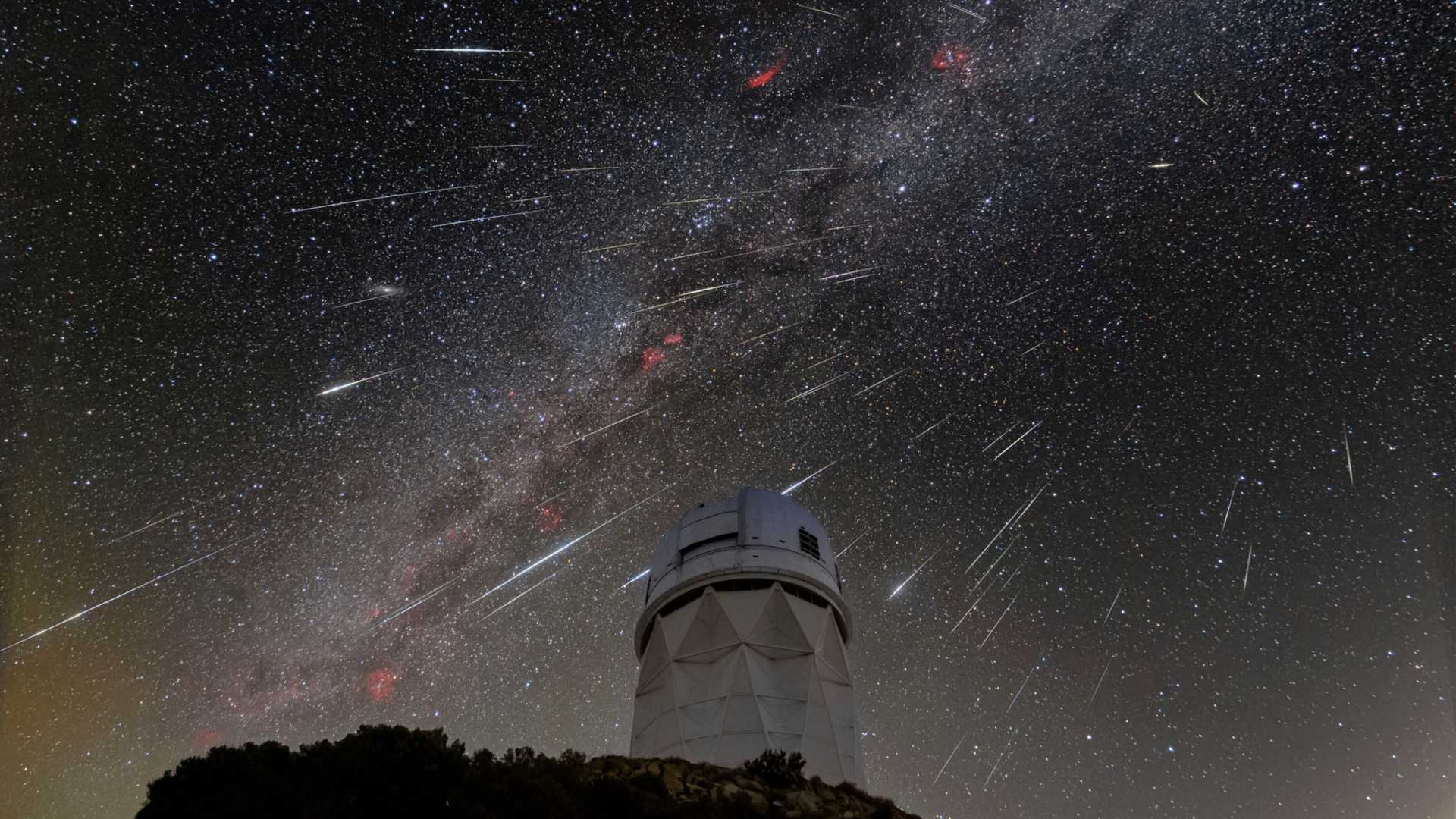News
Geminid Meteor Shower Peaks This Weekend: Here’s How to Watch

The Geminid meteor shower, one of the most active and reliable annual meteor showers, is set to peak this weekend, offering a spectacular show for stargazers. According to NASA, the Geminids are expected to peak overnight on Friday and Saturday nights, with the potential to see up to 120 meteors per hour under ideal viewing conditions.
The Geminid meteor shower has been active since November 19 and will continue until December 24, but the best viewing times are around the peak nights. The radiant, or the point in the sky from which the meteors appear to originate, is the constellation Gemini. Unlike most meteor showers that originate from comets, the Geminids come from the “dead” asteroid 3200 Phaethon, making them unique in composition.
For optimal viewing, it is recommended to get as far away from city lights as possible and allow your eyes to adjust to the dark. The best time to see the Geminids is around 2 a.m. when the night sky is at its darkest. However, viewers can start seeing meteors as early as 9 or 10 p.m. as the radiant rises in mid-evening.
This year’s viewing may be slightly hampered by the full moon, which is expected to reach its full phase on Sunday. Despite this, forecasts indicate good viewing conditions in many parts of the U.S., particularly in the Northeast, Plains, and Southwest. However, cloudy skies, rain, and mountain snow are expected to affect visibility in the Northwest and parts of the Midwest.
Stargazers are advised to dress warmly, as the winter season is approaching, and to check local weather listings for the best viewing opportunities. For those who might miss this event, the Ursids and Quadrantids meteor showers are scheduled to peak in late December 2024 and early January 2025).












